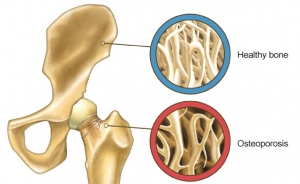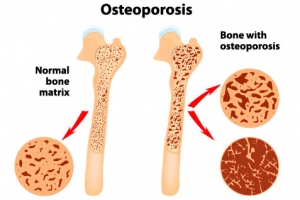In our previous Health Science News Page, we discussed some of the physiological changes that women face throughout their lifetimes such as puberty, menstruation, pregnancy, lactation, and menopause. A woman’s body needs extra nutritional support during these physiological transitions because her cardiovascular, endocrine, nervous and immune systems face different challenges than men due to the fluctuating hormones at different stages of life. In addition to heart disease and cancers, women are more often diagnosed with autoimmune diseases, arthritis, osteoporosis, and depression. Therefore, it is crucial to provide appropriate nutritional support to ensure the optimum function of the cells building these systems in a woman’s body.
In addition to several aspects of the empowerment of women on International Women’s Day on March 8th, we would like to bring up a largely unrecognized issue of the rising rates of chronic health conditions in women. Did you know that many health issues affect more women than men?
Bone fractures are one of the most painful injuries and require a lengthy recovery time. Everyone is at an equal risk of breaking a bone either from a fall, sports activities, or a car accident. However, bone fractures are more common and take longer to heal in people suffering from osteoporosis.
The most common bone fracture, especially in active adults and children, is a broken leg and often involves a tibial (or shinbone) fracture. In the US, approximately 492,000 tibial fractures are reported every year resulting in close to 400,000 hospital days. The usual time for healing a tibial fracture could be as long as 12 to 16 weeks. This is due to a high incidence of complications requiring strong painkillers for the patient.
It is a popular perception that calcium and vitamin D are essential nutrients for healthy bones. However, few people are aware that bone health largely depends on its protein foundation – the collagen fibers. The alignment of collagen fibers within the bone (its “internal skeleton”) determine how calcium and other minerals are deposited, and therefore healthy collagen is the basis of the strength and stability of the entire bone.
Osteoporosis - or thinning of bones- is a condition affecting 200 million people worldwide. This figure includes both women and men over 50. Approximately 75 million of those affected are in the USA, Europe, and Japan. Although postmenopausal women are more likely to develop osteoporosis, one in five men will also develop significant bone thinning in their lifetime. Osteoporosis is a disease where the bones lose density and strength which increases the risk of fractures and debilitation. Osteoporosis is the most common - yet least detected - bone metabolism disorder. A sedentary lifestyle, the use of prescription drugs such as corticosteroids, antacids (specifically, proton pump inhibitors), and psychiatric medications can cause excessive bone loss leading to osteoporosis. In the elderly, thin bones are prone to breaking and can result in hip or vertebral fractures and can increase the risk of premature death.




